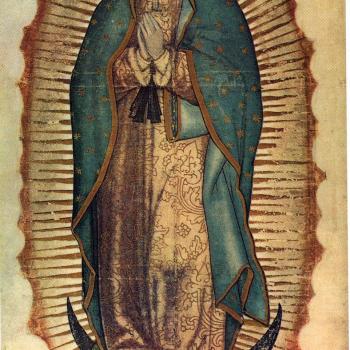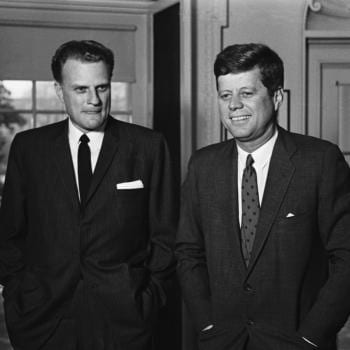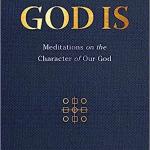The desire for church reform was widespread in the 15th and 16th centuries. One major reason was the papacy. Carl Trueman provides a useful reminder:
Yes, it is true that Protestant interpretive diversity is an empirical fact; but when it comes to selectivity in historical reading as a means of creating a false impression of stability, Roman Catholic approaches to the Papacy provide some excellent examples of such fallacious method. The ability to ignore or simply dismiss as irrelevant the empirical facts of papal history is quite an impressive feat of historical and theological selectivity. Thus, as all sides need to face empirical facts and the challenges they raise, here are a few we might want to consider, along with what seem to me (as a Protestant outsider) to be the usual Roman Catholic responses:
Empirical fact: The Papacy as an authoritative institution was not there in the early centuries.
Never mind. Put together a doctrine of development whereby Christians – or at least some of them, those of whom we choose to approve in retrospect on the grounds we agree with what they say – eventually come to see the Pope as uniquely authoritative.Empirical fact: The Papacy was corrupt in the later Middle Ages, building its power and status on political antics, forged documents and other similar scams.
Ignore it, excuse it as a momentary aberration and perhaps, if pressed, even offer a quick apology. Then move swiftly on to assure everyone it is all sorted out now and start talking about John Paul II or Benedict XVI. Whatever you do, there is no need to allow this fact to have any significance for how one understands the theory of papal power in the abstract or in the present.
Empirical fact: The Papacy was in such a mess at the beginning of the fifteenth century that it needed a council to decide who of the multiple claimants to Peter’s seat was the legitimate pope.
Again, this was merely a momentary aberration but it has no significance for the understanding of papal authority. After all, it was so long ago and so far away.
Empirical fact: The church failed (once again) to put its administrative, pastoral, moral and doctrinal house in order at the Fifth Lateran Council at the start of the sixteenth century.
Forget it. Emphasise instead the vibrant piety of the late medieval church and then blame the ungodly Protestants for their inexplicable protests and thus for the collapse of the medieval social, political and theological structure of Europe.
Perhaps it is somewhat aggressive to pose these points in such a blunt form. Again, I intend no disrespect but am simply responding with the same forthrightness with which certain writers speak of Protestantism. The problem here is that the context for the Reformation – the failure of the papal system to reform itself, a failure in itself lethal to notions of papal power and authority – seems to have been forgotten in all of the recent aggressive attacks on scriptural perspicuity. These are all empirical facts and they are all routinely excused, dismissed or simply ignored by Roman Catholic writers. Perspicuity was not the original problem; it was intended as the answer. One can believe it to be an incorrect, incoherent, inadequate answer; but then one must come up with something better – not simply act as if shouting the original problem louder will make everything all right. Such an approach to history and theology is what I call the Emerald City protocol: when defending the great and powerful Oz, one must simply pay no attention to that man behind the curtain.
Protestants stepped up and received major help from European magistrates.
The popularity of Pope Francis and Pope John Paul II — folks weren’t all that taken with Pope Benedict XVI (you win some, you lose some) — should not obscure this part of church history.
















